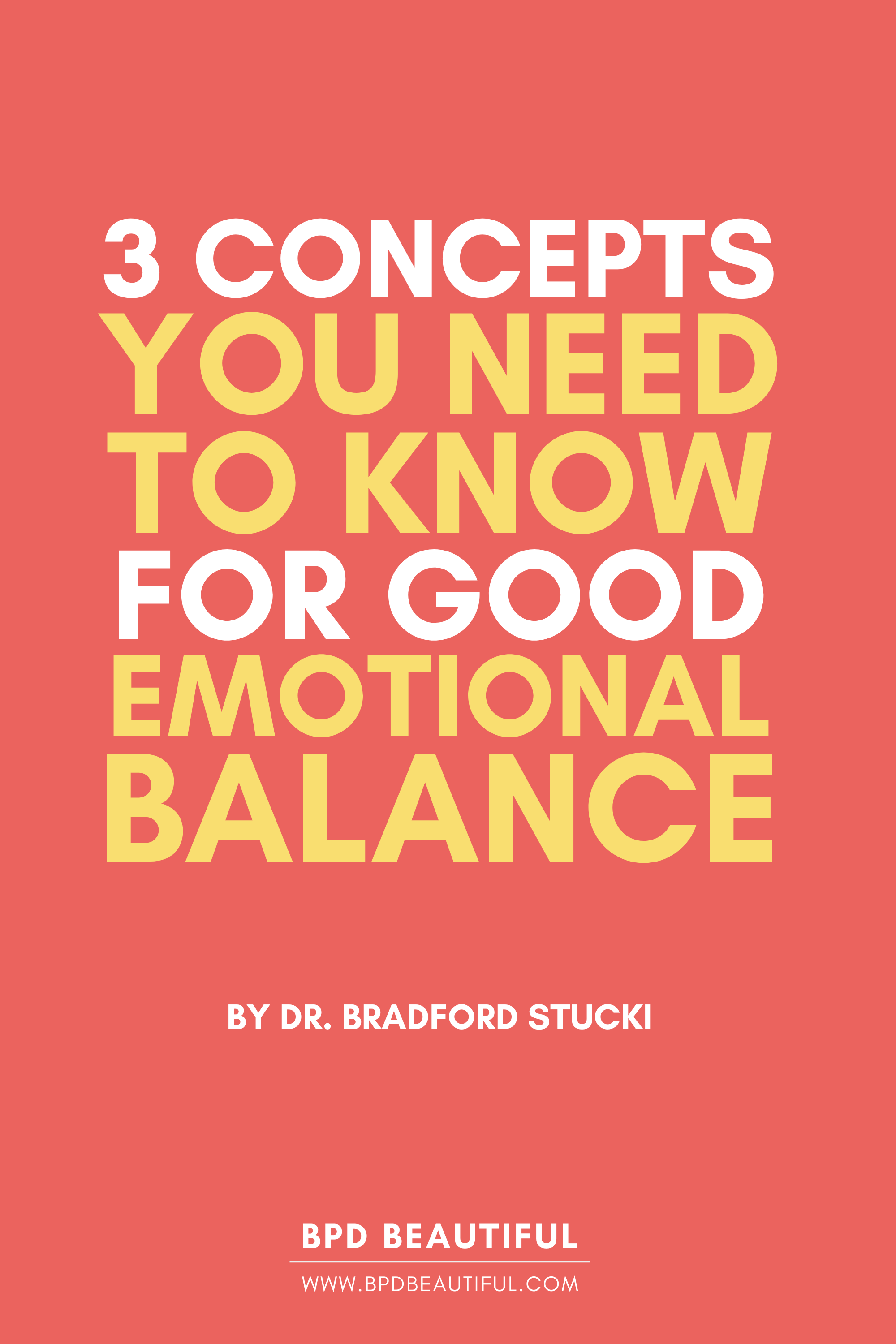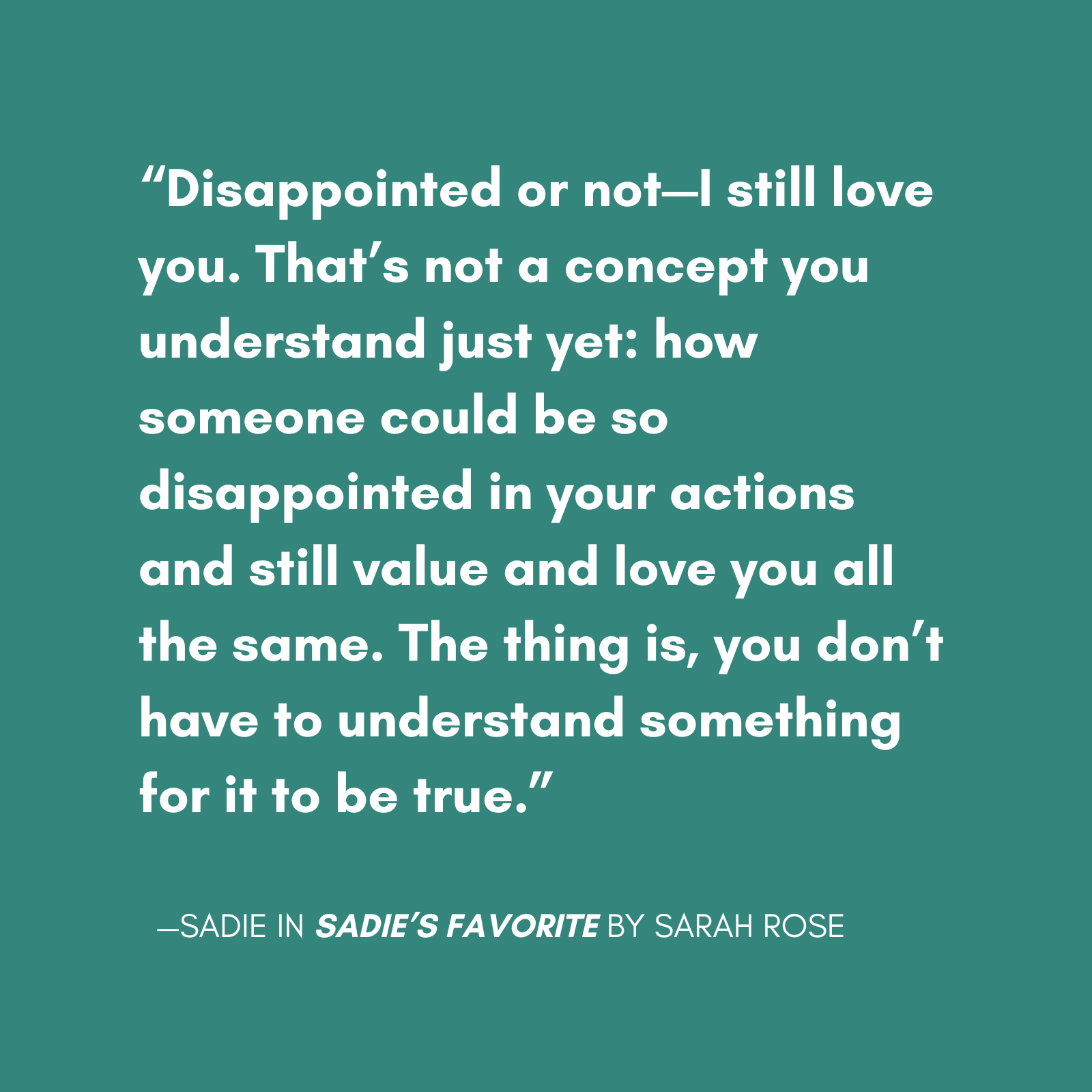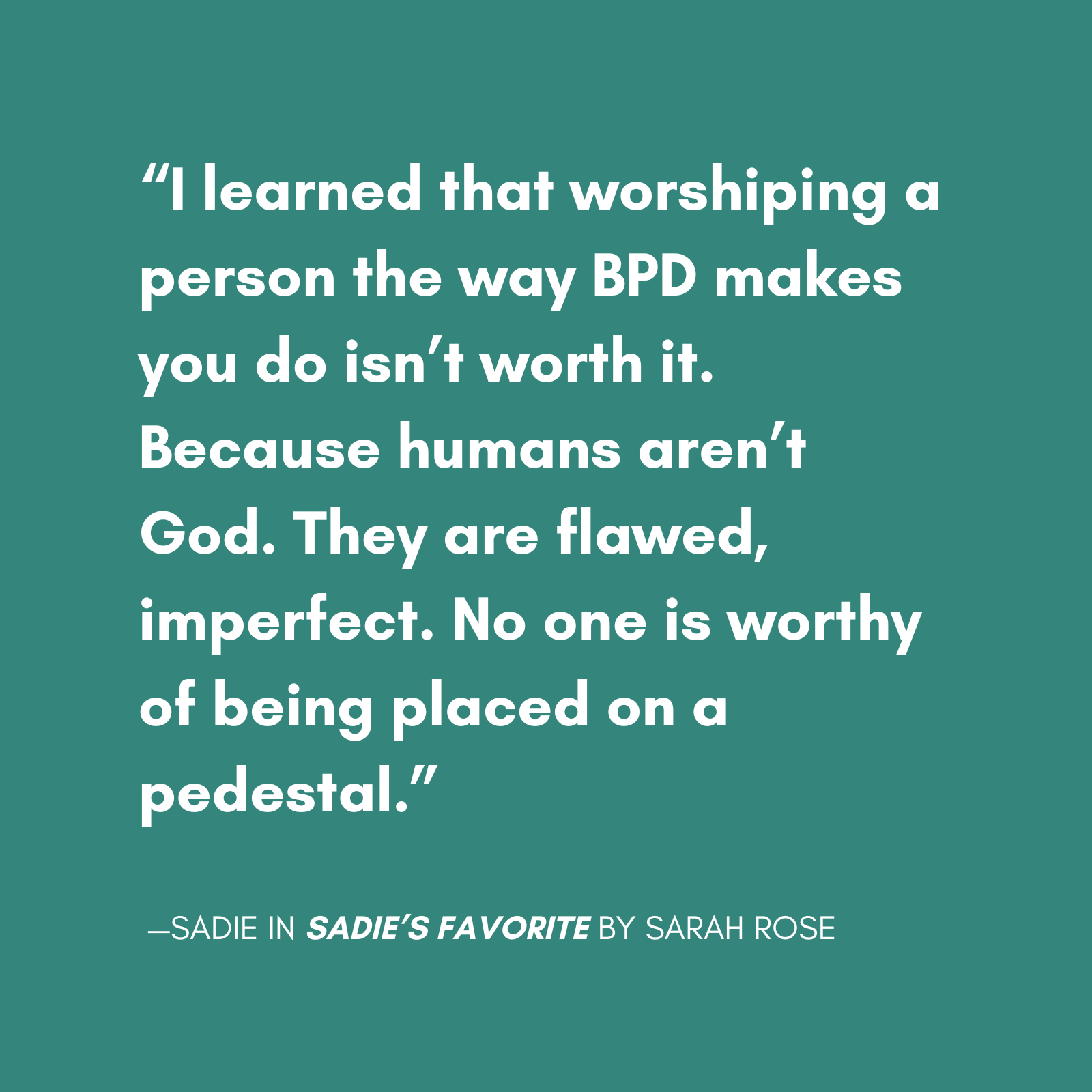Tools for Emotional Balance
Imagine standing in the middle of a seesaw, arms outstretched, trying to maintain perfect balance. Some days, it feels effortless—you’re centered, stable, and in control. Other times, the slightest breeze threatens to topple you over. This balancing act is not unlike the daily challenge of managing our emotions in an increasingly complex world. Emotional balance is necessary for a happy life and healthy relationships. Yet, for a lot of people, finding this balance is challenging.
The good news? Psychology offers us powerful tools to navigate the ups and downs of our emotional landscape, teaching us more about concepts that we may know a little but have never really paid attention to. In this post, we’ll explore three key psychological concepts that explain how emotions work. The goal is for you to use this knowledge to better understand and manage your emotions — not the other way around.
The things we’ll cover:
- The principle of “Name it to tame it”
- The window of tolerance
- “Riding the wave” — a technique in Dialectical Behavior Therapy (DBT)
The Window of Tolerance
The window of tolerance is an idea (created by Dr. Dan Siegel) that helps us understand when we’re feeling “just right” emotionally. When we’re in this window, we can handle everyday stress and react to things in a balanced way. Think of your window of tolerance as an emotional comfort zone. Within this zone, we’re able to think clearly, make decisions, and interact with others effectively. However, when we’re pushed outside this window—either into hyperarousal (feeling anxious, angry, or overwhelmed) or hypoarousal (feeling numb, disconnected, or shut down)—our ability to cope diminishes.
This concept is vital because it directly impacts how you respond to stress. If you’re attentive enough, you can learn what events, or people nudge you out of the window, and use that knowledge to respond adaptively to challenges without shutting down. Plus, like Superman standing next to the sun, you can take advantage of the emotional boost that being within your window brings. You can use it to enhance your productivity and learning ability.
What determines the size of your window of tolerance
The window of tolerance is as personal as it gets. Everyone’s got their own window in different sizes. Generally speaking, these factors can influence the size of your window:
1. Childhood Experiences: Early traumatic encounters can narrow your window. Conversely, a nurturing environment can expand it.
2. Support Systems: Supportive friends and family can help you manage stress better. Great news for your window of tolerance.
3. Emotional Regulation Skills: Getting good at emotional self-regulation expands the window.
Techniques like mindfulness, deep breathing, therapy and stress management can teach you self-regulation.
What to do with the window of tolerance?
Study it. Understand it. Work with it. For example, you may postpone a trip to a tense environment if you feel your window of tolerance narrowing. Know when you’re within the safe emotional space and when you’re not. Use the self-regulation techniques we’ve mentioned when you notice yourself leaving the window.
“READING [SADIE’S FAVORITE] IS AN EMOTIONAL ROLLERCOASTER.” -BETA READER
Sadie’s Favorite by BPD Beautiful creator Sarah Rose is a novel that tells the story of a girl lost, a woman recovered and the trauma in between.
“Riding the Wave” in Dialectical Behavioral Therapy (DBT)
This idea comes from a type of therapy called Dialectical Behavior Therapy. It’s about observing and accepting strong emotions without trying to change or push them away, like riding a wave instead of fighting against it.
It helps you realize that what you’re feeling is temporary.
The main point is that emotions, even strong ones, are like waves — rising, peaking and ultimately subsiding. These emotions will pass if we let ourselves feel them without judging. It surely doesn’t feel like emotions are temporary in the heat of the moment. That anger or sadness, while its happening, appears all-consuming and eternal. Like it’s never going to end. But the riding the wave concept says different. It helps you realize that what you’re feeling is temporary. Once you can accept that, you’ll find that it’s much easier not to react under the influence of your emotions.
How to use this technique
Riding the wave is easier said than done. But, if you try these steps, you can get really good at it:
- Acknowledge and accept your emotion without judgement.
- Use mindfulness techniques like mindful breathing, visualisation and mindful listening.
- Notice the physical sensations the emotions bring. Is your chest tight? Or, do your eyes become watery? Observe without trying to change.
- Imagine the emotion as a wave in the ocean and you as a surfer riding it. Allow yourself to feel it because you know it’ll pass.
- When the wave passes, reflect on the experience.

Name It to Tame It
“Name It to Tame It” is another Dr. Dan Siegel-popularized concept. The principle suggests that labeling or naming our emotions can help reduce their intensity and make them more manageable. This concept is rooted in neuroscience research showing that putting feelings into words can help regulate the emotional circuits in the brain.
When we name our emotions, we activate the prefrontal cortex, the part of our brain responsible for rational thinking and decision-making. This activation can help calm the amygdala, the brain’s emotional center, leading to a decrease in the intensity of the emotion.
How to use this technique
During the wave of an intense emotion, take a few seconds to identify it and name it. If you’re angry, say that you feel angry to yourself.
Using these concepts to good effect
At BridgeHope Family Therapy, we believe that adding these three concepts—the window of tolerance, riding the wave, and naming it to tame it—into daily life can really improve emotional balance. These tools work. If you’ve always dreamed about being more in control, we recommend trying any or all of these concepts.
We should mention that developing emotional balance is a journey, not a destination. It takes practice and patience to implement these concepts effectively. If you’re having trouble making these concepts work for you, consider reaching out to a professional. They know how these concepts work and can help you master them in no time.
BPD Resources
BPD Characters: Read the first 6 chapters of Sadie’s Favorite – an upcoming novel by Sarah Rose, creator of BPD Beautiful.
Get 20% off your first month of BetterHelp. Get matched with a licensed therapist within 48 hours. Subscriptions as low as $65/week, billed every 4 weeks. Cancel anytime.
Manage your BPD symptoms with a printable workbook.
See our recommended list of books about BPD.
Start a Discussion
Have you tried incorporating these concepts to help you have good emotional balance? Tell us about it in the comments.
Pin this Post
Liked this post? Please help support BPD Beautiful and spread borderline personality disorder awareness by pinning it to Pinterest.





